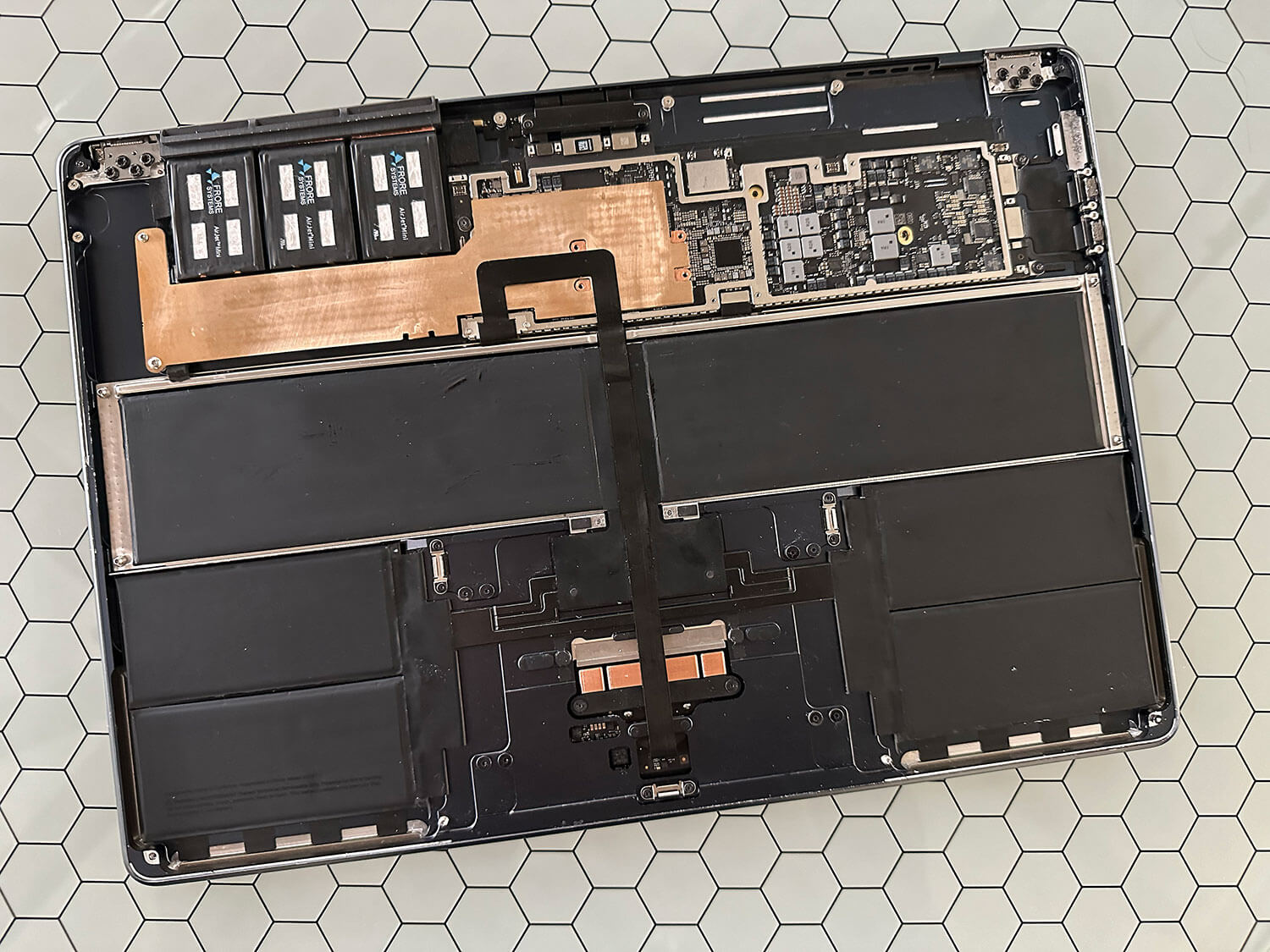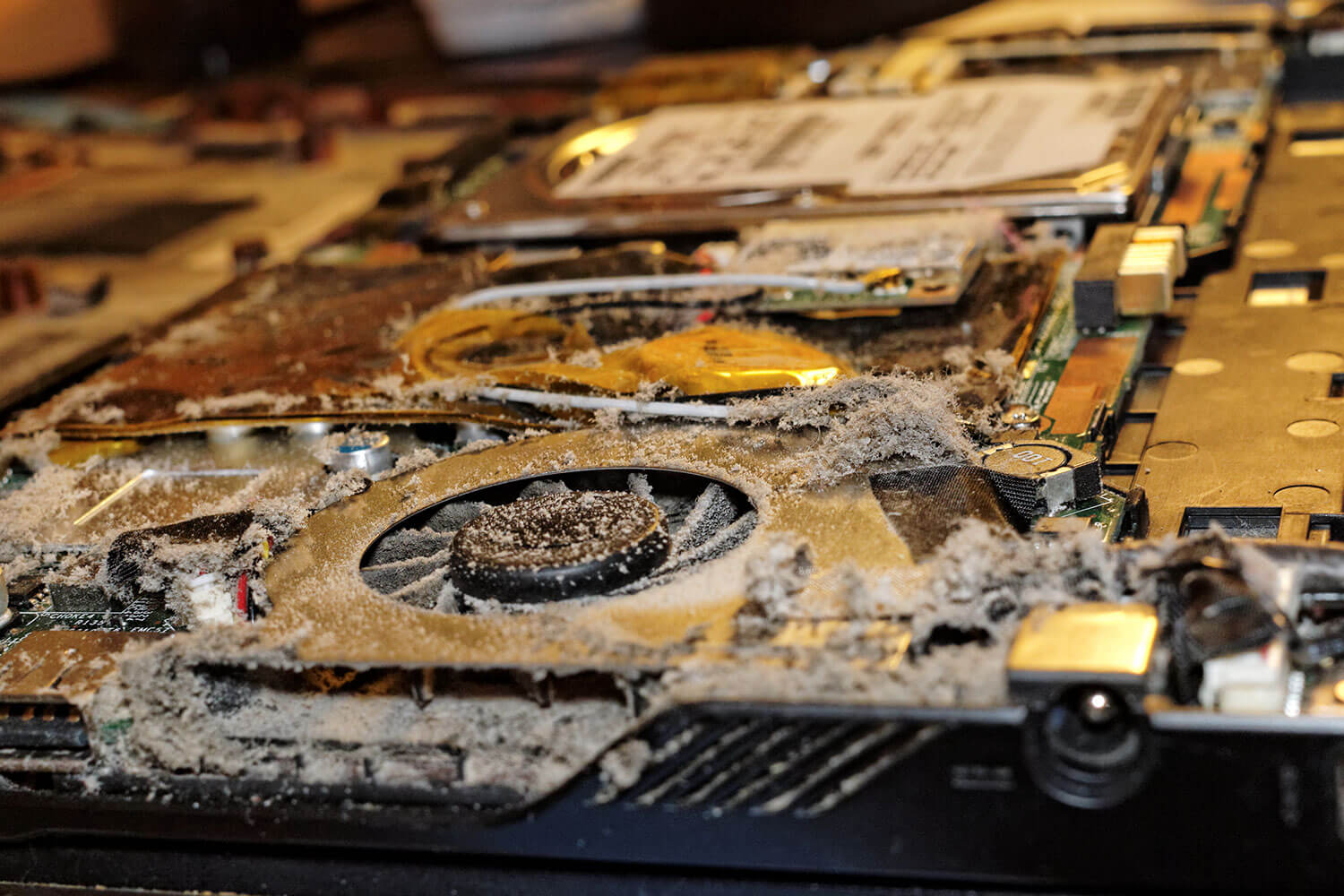What is Dust?
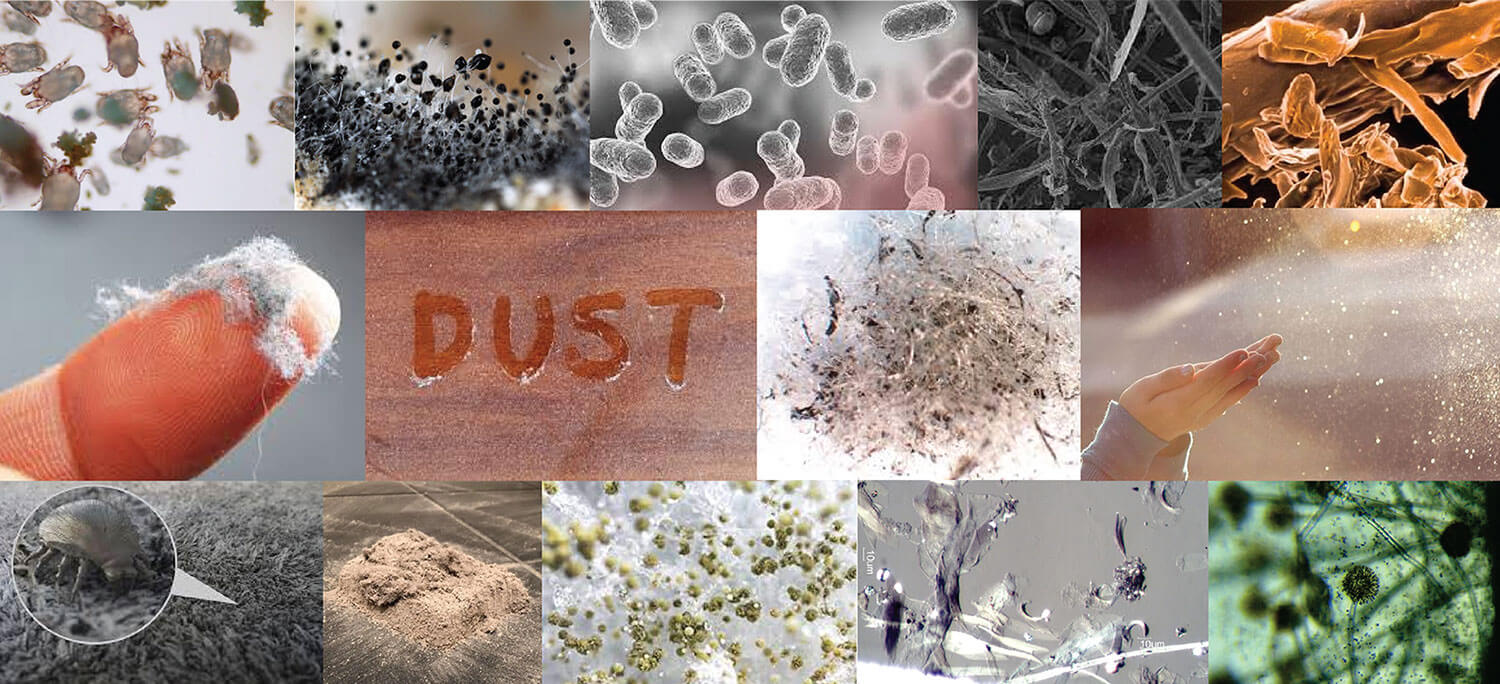
Dust is comprised of a variety of particles, including:
- Dead skin cells: Humans shed millions of dead skin cells every day, which contribute significantly to household dust.
- Pollen: Pollen grains from plants
- Insect waste and body parts: Dust mites, insects, and their waste products.
- Mold spores: Mold spores that become airborne.
- Microorganisms: Bacteria, viruses, and other microorganisms.
- Pollutants: Dust can contain pollutants such as lead, pesticides, and other chemicals that have settled from the air or been brought in from outside sources.
- Environmental particles: Fine particles from combustion sources like vehicle exhaust, cooking, and smoking.
- Hair and animal dander: Shedding hair from humans and pets.
- Fabric fibers: Fibers from clothing, upholstery, curtains, and carpets.
- Soil particles: Dust can contain particles of soil tracked in from outdoors.
Who wants all that collecting in the devices you use everyday?
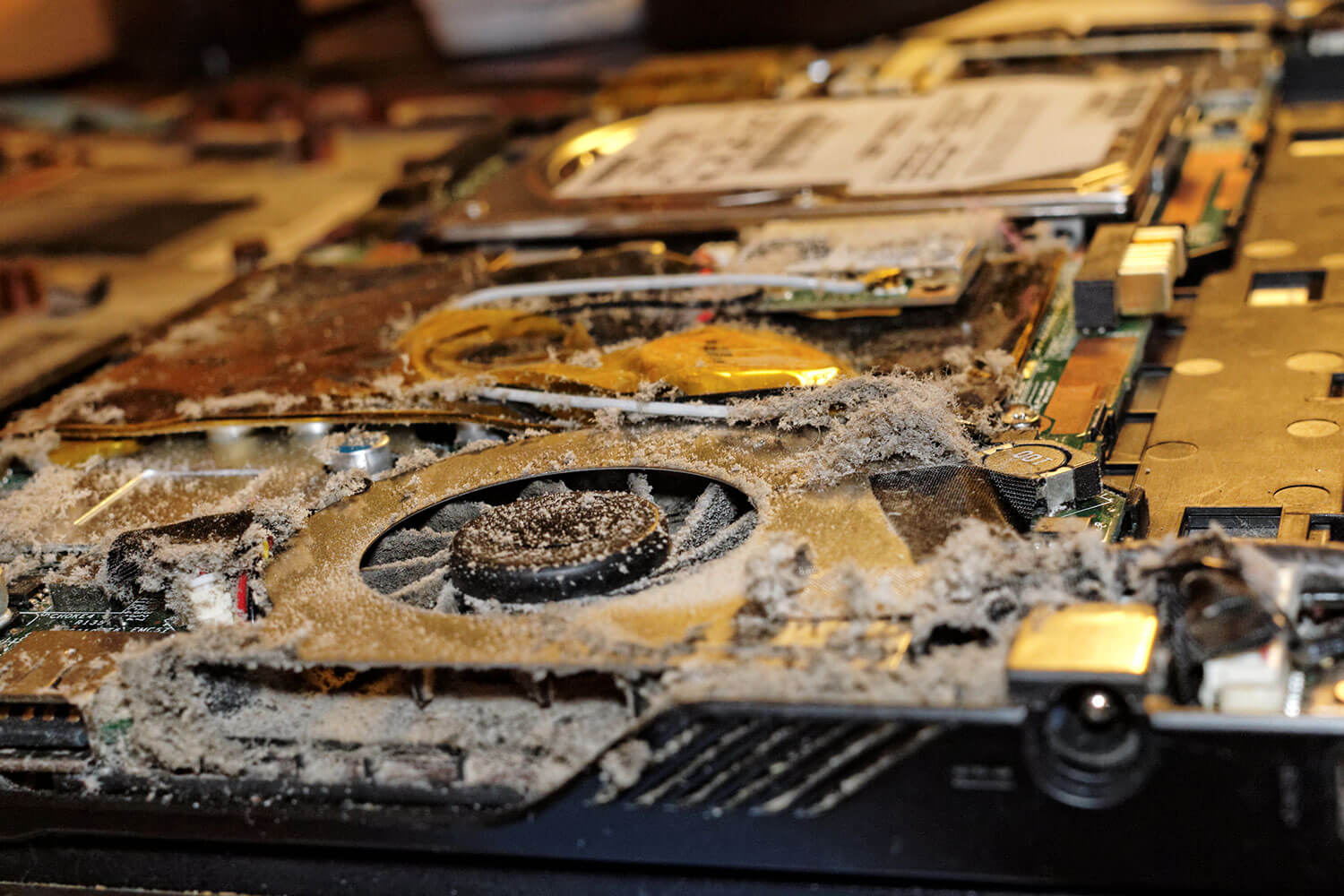
Let’s face it, everybody hates dust. It has very few redeeming features and it causes a whole lot of damage… The average house accumulates 40 pounds of dust each year. No one is immune. Lurking in dust are dust mites (rapidly breeding and multiplying), insect waste, mold, toxic chemicals linked to heath issues and much more. Disturbingly, the average person breathes in around 50 million dust particles per hour.
But you are not the only one at risk. Your electronic devices are especially vulnerable. All that dust causes overheating, electrical hazards, corrosion, and degrades sensors, connectors, and optical components, leading to reduced performance, data corruption, malfunctions, or premature failure of the device. Deep cleaning can help, but not many consumers are comfortable taking their laptops apart and deconstructing their notebook fans for regular cleaning.
Given that is the case, it is crazy to imagine why manufacturers have literally hundreds of holes in your devices, creating so many ways for dust to access and damage them. Laptops for example…. You’ll find air vents on the sides, the top, in the keyboard, and even across the back cover of your laptop. All welcoming dust into your laptop, continually sucked in by the traditional cooling fans designed to decrease the temperature of the processor and enable acceptable levels of performance. Why are they designed like that?

First of all, let’s examine exactly why dust is such a problem for the devices you spend your hard-earned cash on. Dust is harmful to electronic devices for several reasons, here are a few of them:
- Insulation and Heat Build-Up: Dust accumulation can act as an insulator, trapping heat generated by electronic components. This can lead to elevated temperatures, reducing the efficiency of cooling systems and potentially causing overheating, which can damage sensitive components.
- Short Circuits: Dust particles may contain conductive materials such as metal or salts. If these particles settle on exposed circuitry, they can create unintended electrical pathways, leading to short circuits or other electrical malfunctions.
- Interference with Moving Parts: Dust can interfere with the operation of mechanical components such as fans, causing them to work less efficiently or seize up entirely. This can impair cooling systems and contribute to overheating. Obstructed airflow through vents and cooling channels caused by dust accumulation, reduces the effectiveness of thermal management systems and further contributes to overheating.
- Corrosion: Some dust particles contain corrosive substances or moisture, which can lead to corrosion of metal components over time. Corrosion can degrade electrical connections, solder joints, and other critical parts, leading to reduced performance or failure of the device.
- Degradation of Optical Components: Dust accumulation on optical components such as lenses or sensors can degrade performance by reducing clarity, blocking light sensors, or causing scratches or abrasions.
- Data corruption: Dust accumulates on magnetic storage media causing data loss or corruption.
So we come back to the why. Why on earth do manufacturers make their devices so vulnerable to these problems? The answer is heat. Heat limits performance and no one wants a device that doesn’t work.
Most people don’t realize that because of heat, the performance of their device takes a complete nosedive after just a few seconds of operation. The processors inside them get so hot that the system is designed to throttle or lower the performance to prevent the components from being damaged by heat. It’s not a small decrease, even the popular MacBook Air’s performance plummets in seconds due to thermal throttling.
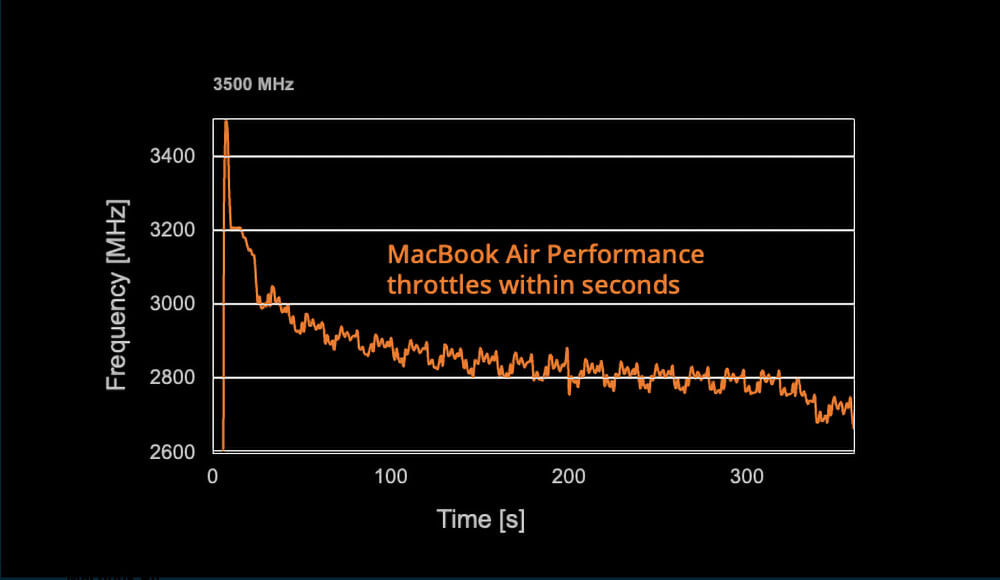
Crazy right? The problem is that while huge investments have been made in increasing the speed of processors, very little innovation has taken place in cooling approaches, leaving fan-based cooling, as the only option. Fans need to continually pull more and more air into your devices to maintain the high airflow needed to deliver even a reasonable level of performance.
So device makers have been left in a no win situation… settle for lower performance with passive cooling, maybe eeking out a little more performance with massive metal heat sinks to help with heat removal, or cool the device with active cooling solutions like fans and achieve mediocre performance, but suffer the significant consequences of dust. (Passive vs Active cooling explained HERE)
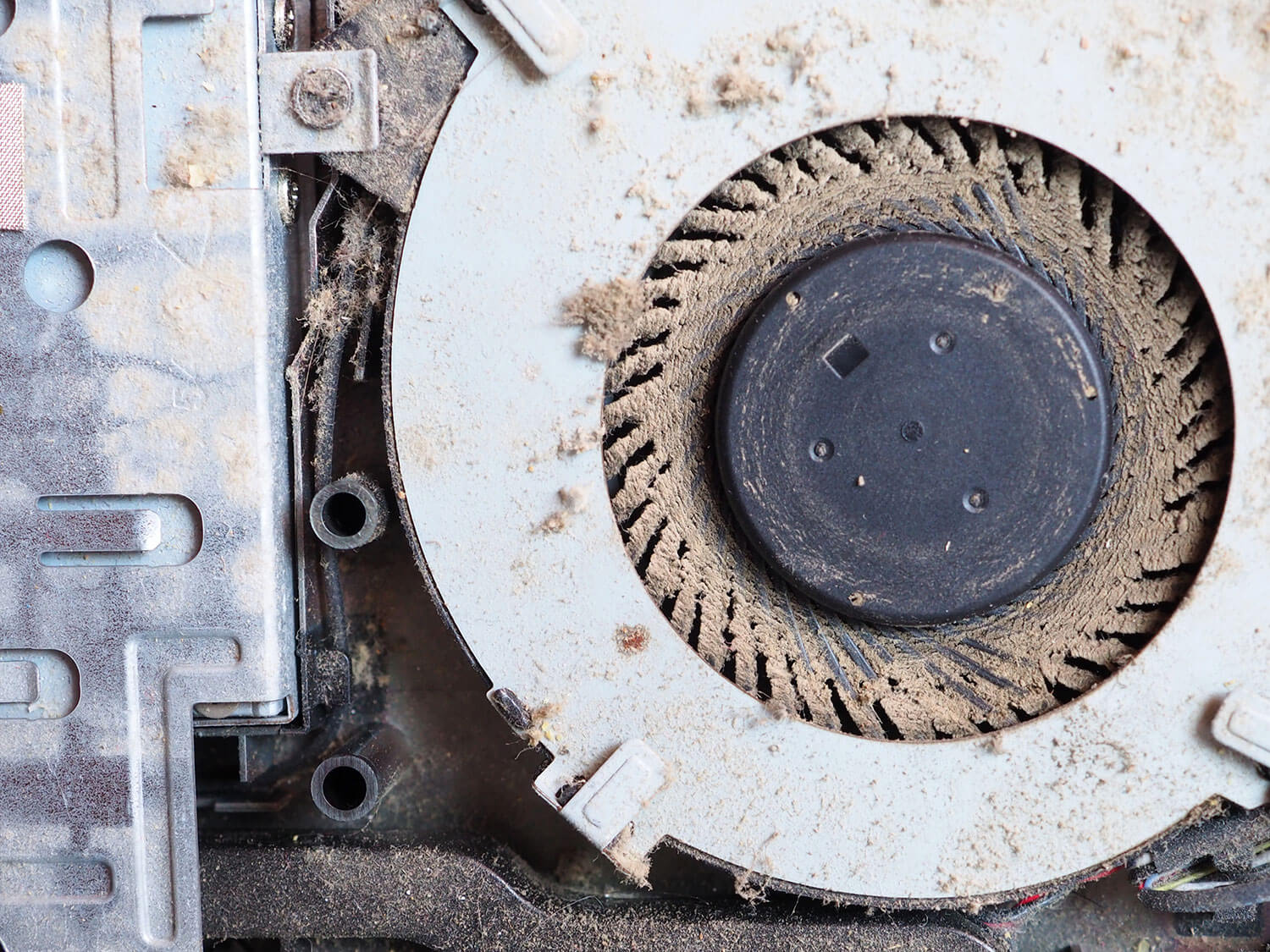
There must be a better way… Now there is!
The problem with fans is their low back pressure (or low suction) combined with the large amount of air they need to remove any heat. High performance devices get really hot, and need to have a lot of air vents, as close as possible to the fan, to enable it to draw in the large amount of air it needs to help keep your device cool. The low back pressure means fans can’t pull air through tight or constrained spaces, and definitely can’t pull air through any kind of protective dust filter.
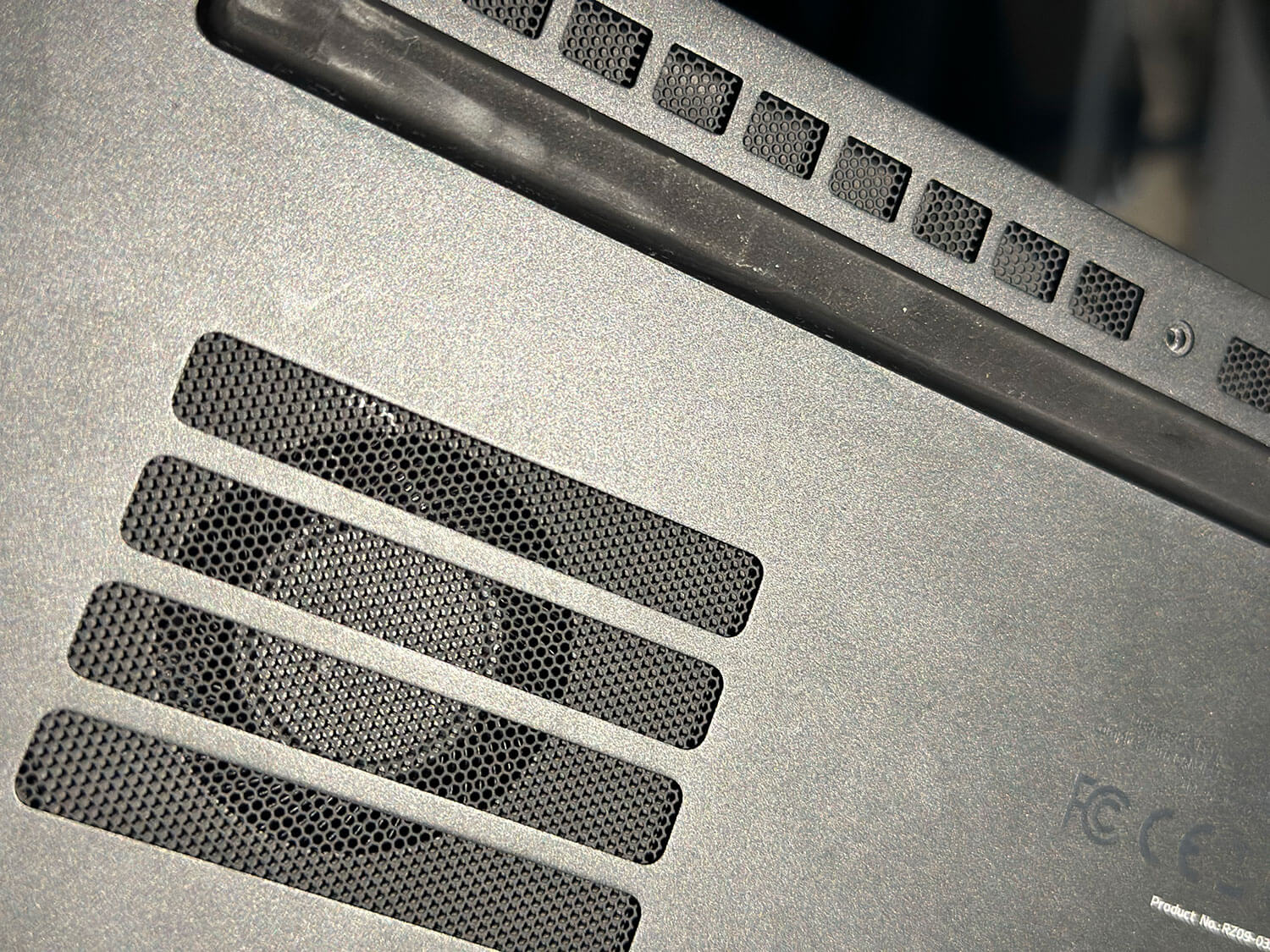
This is where AirJet, the world’s first solid-state active cooling chip, comes into it’s own. In addition to being significantly smaller and thinner than a fan, AirJet contains tiny vibrating piezoelectric membranes which generate massive back pressure - 1750 pascals or more than ten times that generated by a premium laptop fan.
This backpressure has a host of benefits including the ability to pull air into and through tight compact spaces (we’ll elaborate on that in our next blog “What is system resistance anyway”) and importantly, from a dust perspective, the ability to pull air through dustproof filters on the AirJet itself and installed in the device case to protect the entire device from dust and the extensive damage it causes. AirJet is also far more efficient at removing heat, up to three times more efficient, meaning that AirJet doesn’t need anywhere near the air flow required by fans.
So in summary, AirJet defeats dust by needing significantly less air flow for heat removal and its ability to pull air through dustproof filters… cooling your device down more efficiently while keeping dust out.
With AirJet preventing dust from entering your device in the first place, your concerns about dust related overheating, electrical hazards, corrosion, and degrading electronic components, leading to reduced performance, malfunctions, or premature failure of the device, can be forgotten. That is great news for you and your expensive electronic devices.
